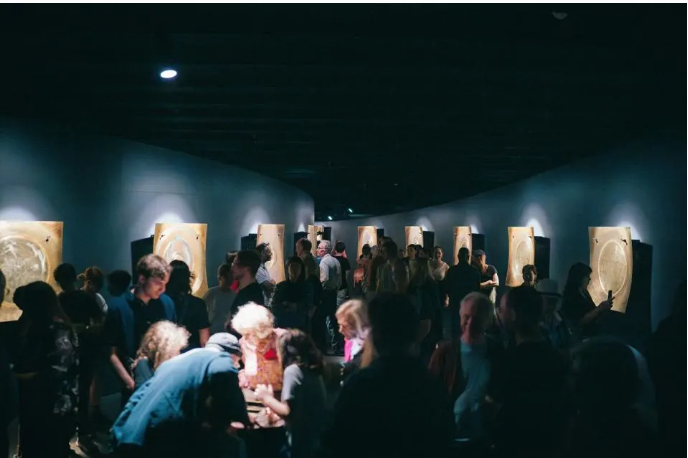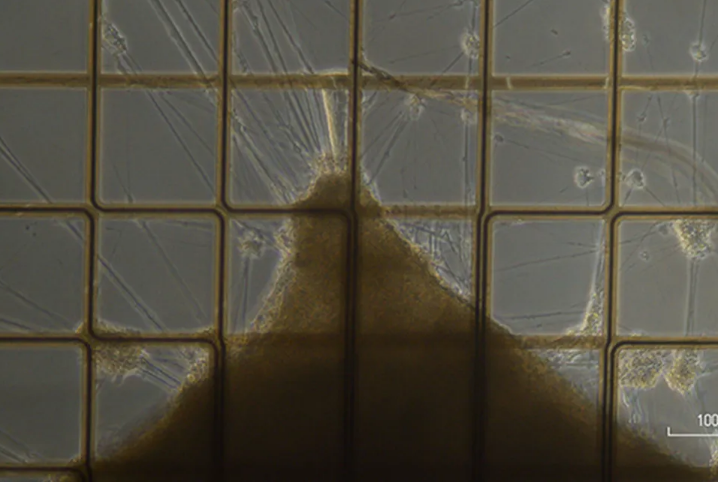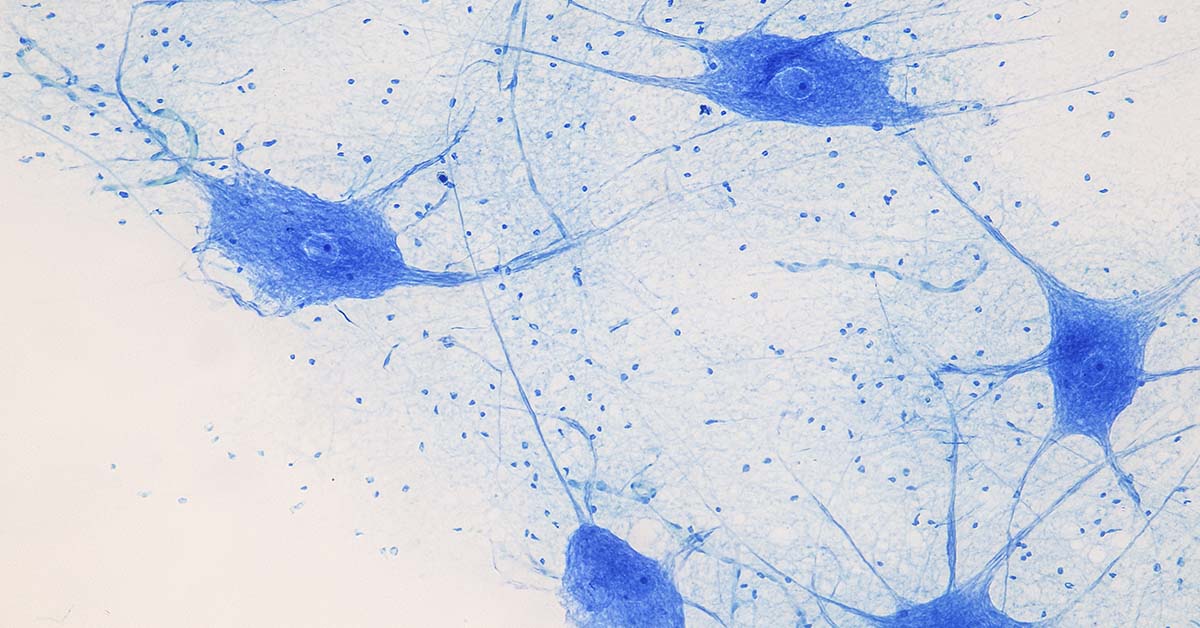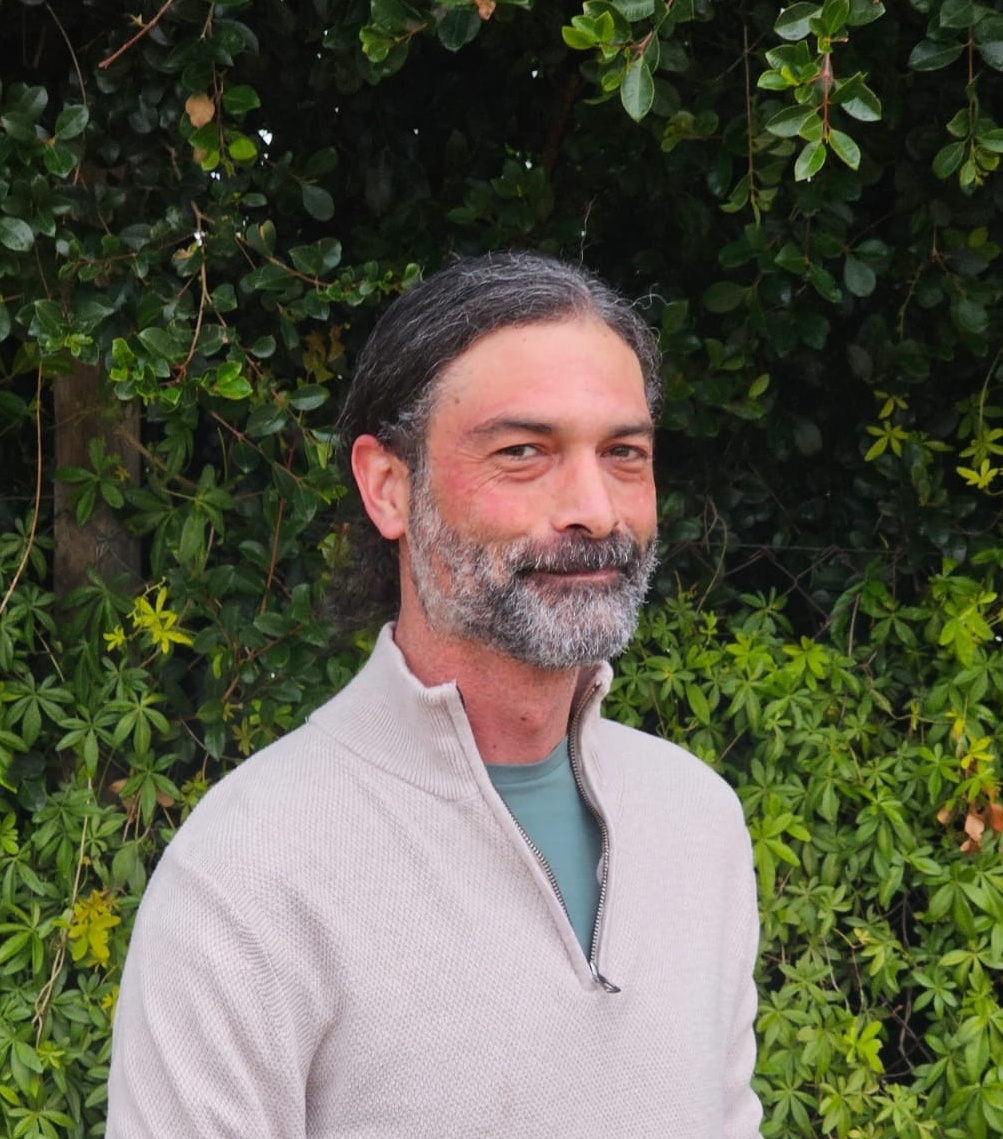It is every musician’s dream that their music lives forever. Very few musicians reach this goal, and their music often becomes a forgotten relic of their era. However, some musicians have created a legacy that still has an impact today. For example, orchestras still play Beethoven’s masterpieces almost 200 years after his death. Yet, these are all old compositions, and we will never again hear new compositions from these masters. But what if there were a way for composers to continue producing music even after death? Well, in 2018, an artist began working with a group of scientists and artists to create such an installation. Together, they produced a lab-grown brain capable of triggering sounds via neural signals.
How A Lab-Grown Brain Creates Music

Before he passed away in 2021, musician Alvin Lucier donated his blood for a very unique installation called “Revivication”. Housed at the Art Gallery of Western Australia, the installation consists of mallets that intermittently strike brass plates mounted to the wall. The mallets are triggered via electrical signals sent from two tiny white blobs. These blobs are artificially made structures called cerebral organoids. Made from Alvin Lucier’s cells, these organoids are capable of mimicking parts of the human brain. According to one of the artists involved in the project, Nathan Thompson, “We have developed a brain on a dish, more or less, that has the ability to take action in the real world.”
Other people involved in the project include artists Matt Gingold and Guy Ben-Ary, and Stuart Hodgetts, a neuroscientist from the University of Western Australia. The team first reprogrammed the musician’s donated blood cells, turning them into stem cells, which would form the basis of their lab-grown brain. These neuronal structures are supported by an electrode mesh, capturing neural signals which are then transmitted to the mallets.
According to the gallery, these mallets then subsequently produce a series of “complex, sustained resonances that fill the space with sound.” The musician himself was no stranger to experimental audio projects, often drawing inspiration from the actual physics of sound. Lucier often began his compositions pondering what types of sounds would arise from a particular process, such as brain wave detection. The aim of the installation was to go beyond the confines of a mere preservation of the composer’s work.
A Fundamental Reimagining

According to one of the artists involved, Ben-Ary, they wanted to “fundamentally reimagine artistic immortality by creating a living extension of Lucier’s creative essence.” The idea is to raise questions about the nature of consciousness and art. Specifically, it asks if consciousness is even needed to produce art. Considering that AI technology now exists that allows us to create any image without human consciousness, this question is more pertinent now than ever. However, many critics view the lab-grown brain installation as more of a gimmick than anything else.
They argue that something cannot be creative if there is no conscious element present. As a cognitive neuroscientist, Indre Viskontas put it, “I don’t think this particular piece of art is conscious. Those cells have no intention.” However, art is intended to evoke a response from its audience, so the artists encourage the debate. While they may not be conscious, the blobs are alive, similar to you and me. The group would also like to find out if these cells are capable of responding to their environments and changing.
Gallery noise has been converted into electrical signals and fed back into the lab-grown brain blobs. The group would love to learn if the organoid learns or changes over time in response to these feedback signals. While this installation may raise some interesting questions, the intention is not that the piece itself tries to answer these questions. Rather, it urges its audience to debate and discuss the topic and formulate the answers for themselves.
Read More: In A World First, Scientists Create Computer That Runs On Living Human Brain Cells

